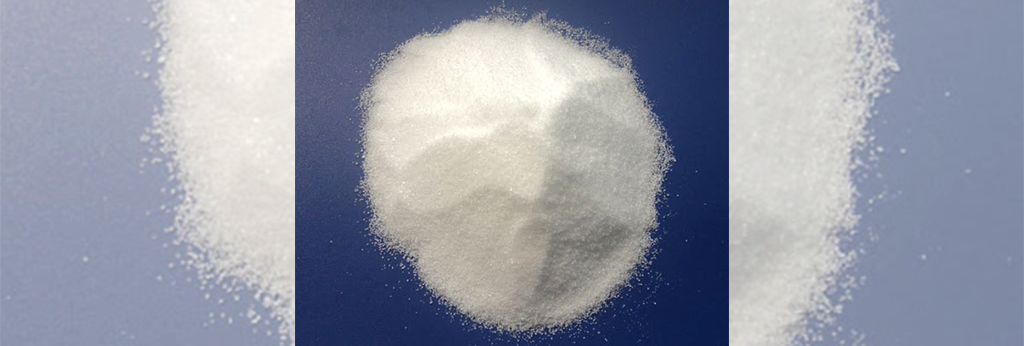
Coagulating substances (coagulants) include chemicals that have a positive electrical charge and cause the removal of electric repulsion or the neutralization of the negative electric charge of particles, the deposition of particles and their removal by various physical methods such as sedimentation, filtration, etc.
When talking about coagulants, positive ions with high valence such as aluminum and iron are considered.
By neutralizing the electric charge of particles, coagulants cause these particles to stick together and form larger particles called micro flocs, which are so small that they cannot be seen with the naked eye.
This process is called coagulation. Coagulants act in four different mechanisms, that can act individually or simultaneously:
- Compression of the double layer.
- Electrostatic adsorption.
- Adsorption and bridging.
- Precipitation, or sweep-coagulation.
Coagulants can be classified as organic coagulants and inorganic coagulants.
Organic coagulants include polyamines, polyDADMACS, dicyandiamide and melamine formaldehyde.
Inorganic coagulants are mostly based on metallic salts, such as iron sulfate and aluminum sulfate. When they are introduced to the water, they react with the alkalinity of the water and hydrate to form a metal hydroxide.
Application
- Water and wastewater treatment
- Paper industry
- Mine industry
- Separation and recycling of oil
Packing
These materials are packed in 25 kg double layer bags.
